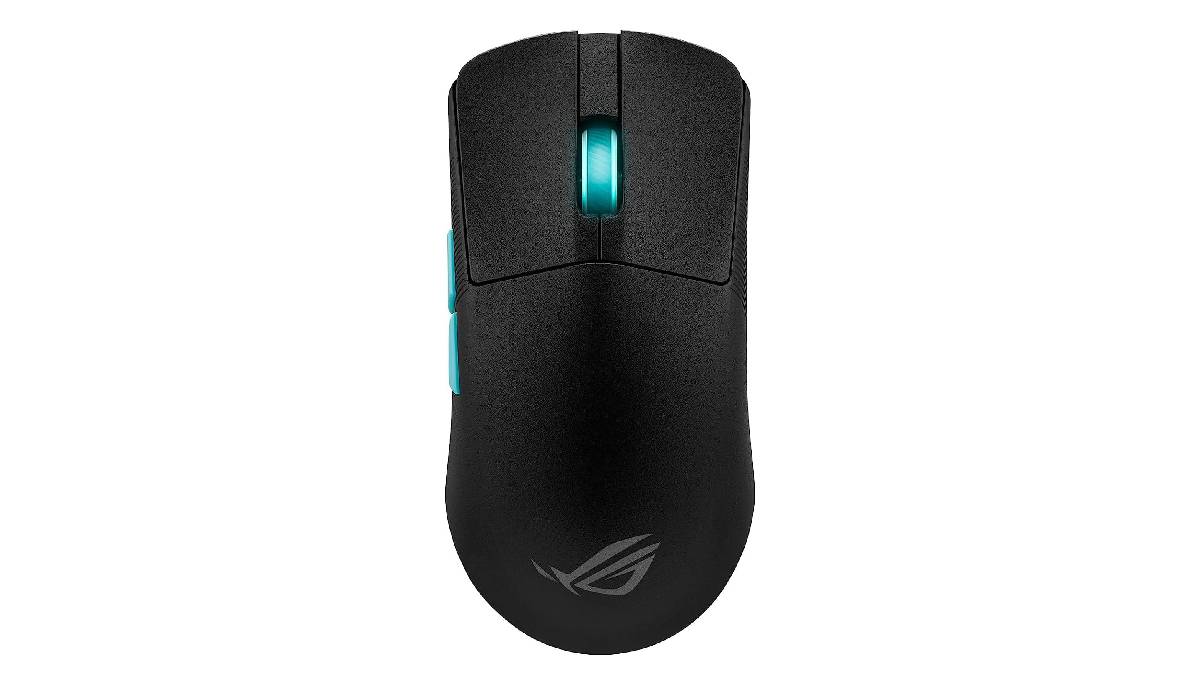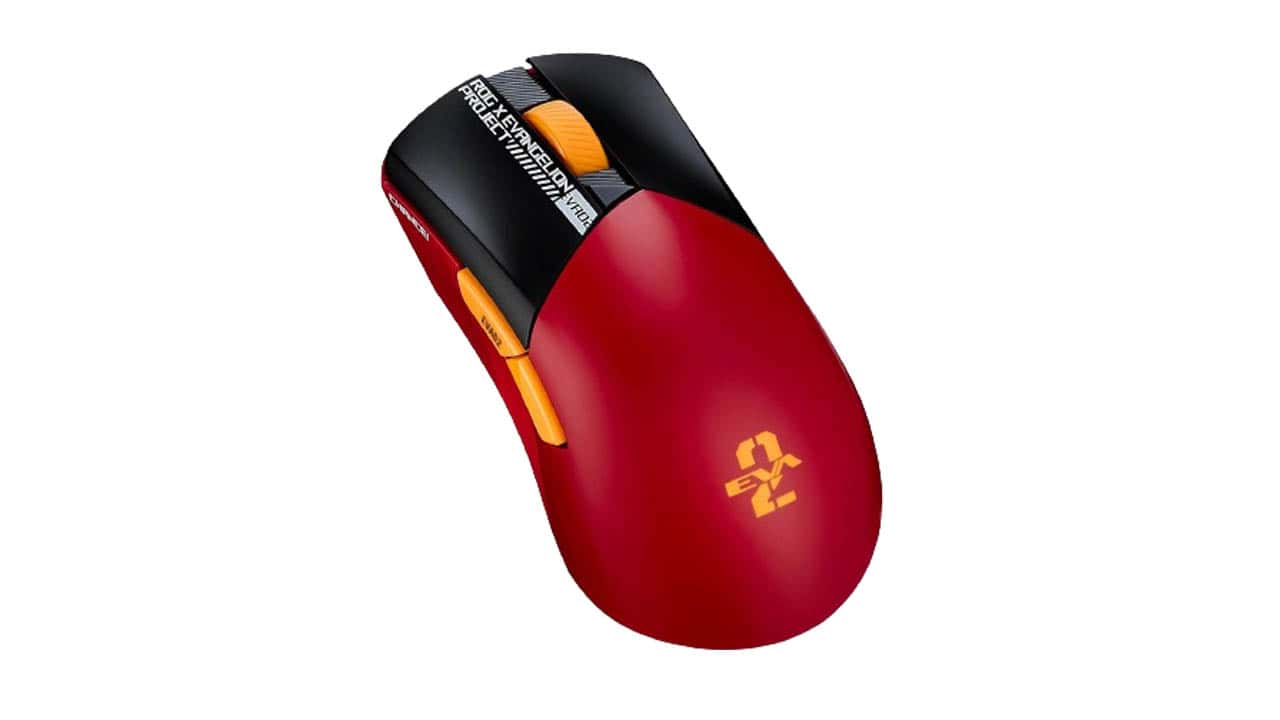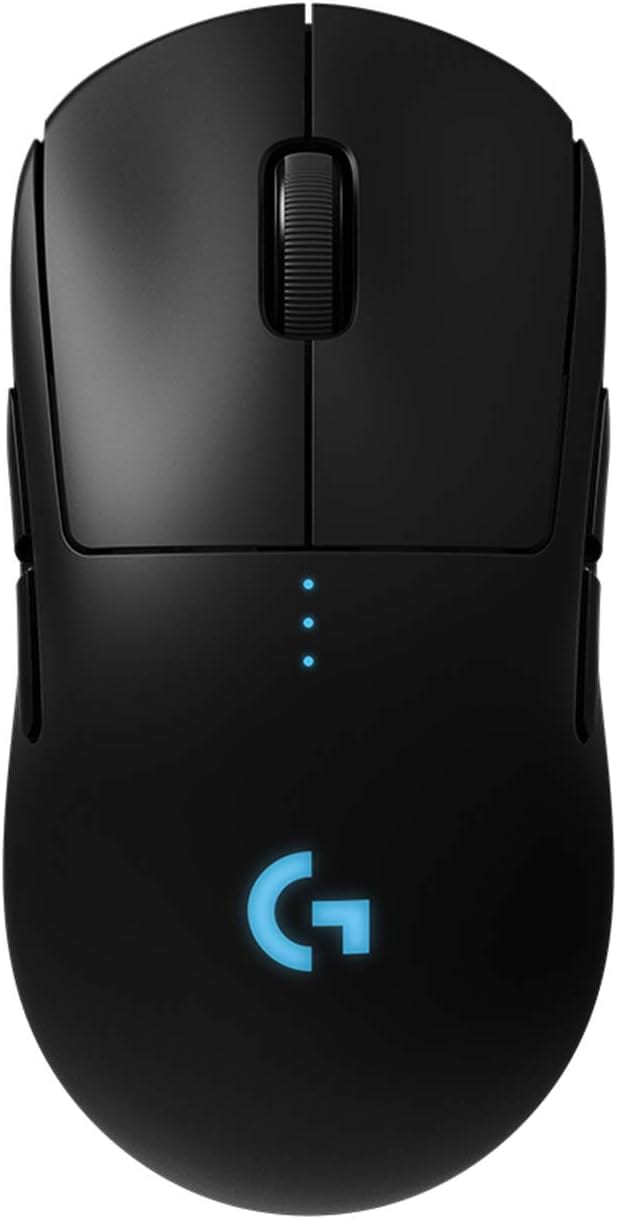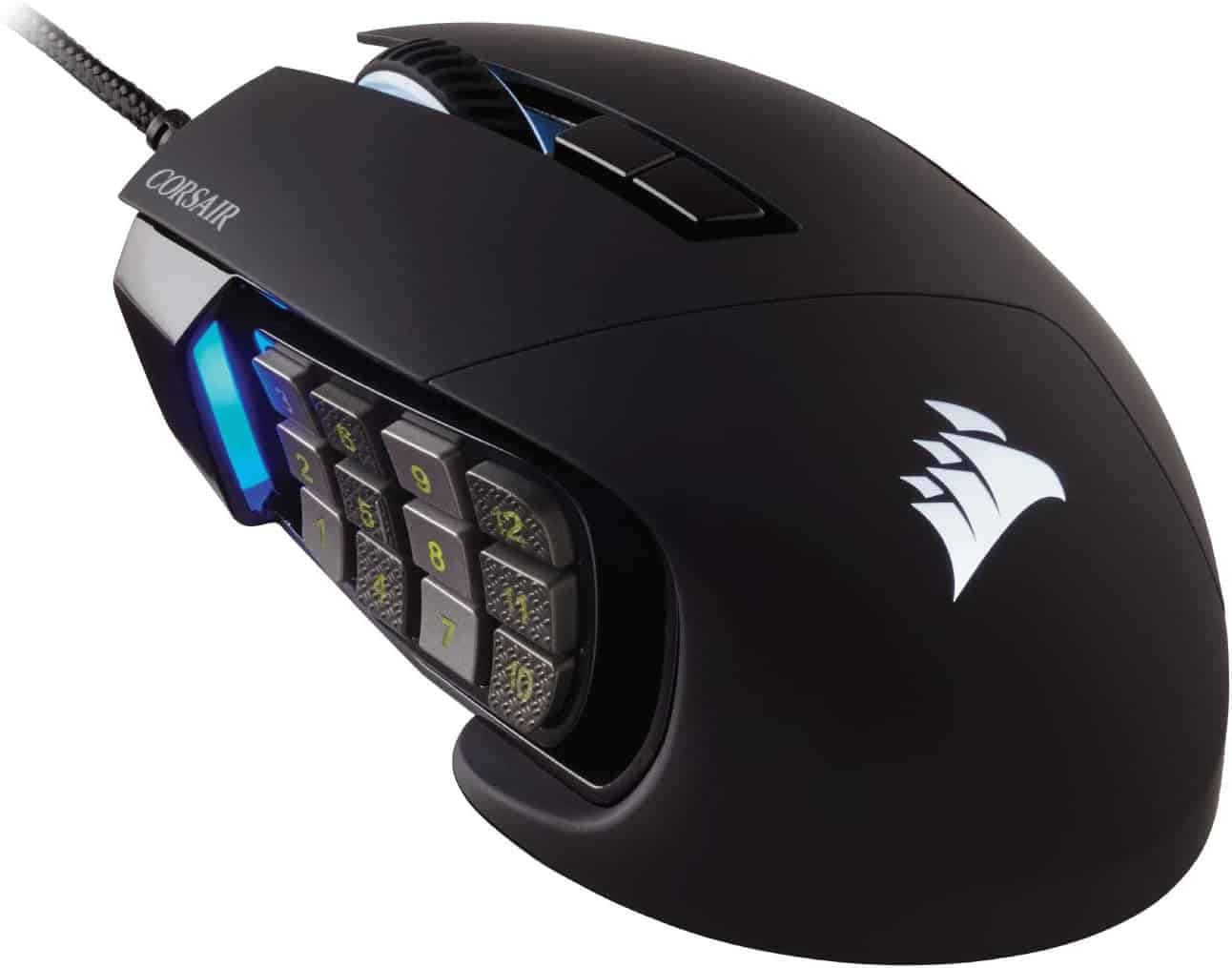
ASUS ROG Harpe Gaming Wireless Mouse
Our in-depth Corsair M75 Wireless review: how does this wireless gaming mouse measure up to the competition, including from other Corsair models?

WePC is reader-supported. When you buy through links on our site, we may earn an affiliate commission. Prices subject to change. Learn more
The Corsair M75 wireless mouse is a new entry to the company’s peripheral range in 2024, not to be confused with the Corsair M75 Air wireless mouse that we previously reviewed, nor the M75 wired version, although the three share a lot of similarities in their design.
The most expensive of the three variants, we were eager to see how the M75 wireless measured up, and whether or not it was worthy of inclusion into our best gaming mouse list. Read below for all the details!


Sensor
MARKSMAN 26K optical
DPI
100 – 26,000 (with 11 DPI steps)
Weight
89g / 3.13oz
Size (H x W x D) mm
5.04 x 2.56 x 1.64 inches / 12.8 x 6.5 x 4.2 cm
Buttons
7 + power
Max polling rate
1,000 Hz
Connectivity
2.4GHz SLIPSTREAM, Bluetooth 4.2, USB Type-C (with removable 1.8m/6ft braided cable)
Battery life
up to 105hrs on Slipstream 2.4GHz | Bluetooth up to 210hrs
Colors
black, white
Backlight
2-zone RGB
Onboard profiles
1
Warranty
2 years
Software support
iCUE
The Corsair M75 wireless looks very similar to the M75 Air, but a couple of differences are immediately apparent: firstly this mouse comes with RGB (more on this later), and secondly it has two swappable side buttons, which you can swap from left to right. Coupled with its symmetrical, ambidextrous design, this makes it a great pick for left handed users, or indeed those who share a mouse between righties and lefties.
The side buttons are held in with magnets and can be removed fairly easily, you can then replace them with stoppers/fillers which do not work as conventional buttons. Alternatively, if you want you can also have it so all four buttons on both sides are activated, although it’s questionable how many people would do this given it’s a bit awkward to click those on the outer side of your hand (towards your little finger). This technically brings the total number of buttons (besides the power switch) to seven (including the right and left mouse buttons and the mouse wheel), although given most people won’t opt for four side buttons, it would most typically be five. The left and right mouse buttons use optical switches alongside Corsair’s quick strike buttons, which are solid performers.
The bottom of the mouse is your standard fare, with two 100% PTFE feet (front and back), connectivity buttons, and a slot for the USB receiver; it does however lack a dedicated DPI selector, which is a bit annoying: this means to change DPI you need to open the onboard software or bind it to another button. The mouse comes with three-way connectivity: 2.4GHz Slipstream wireless, Bluetooth 4.2, and a wired connection – the same as you get with the M75 Air. The cable is the same 1.8m/6ft braided cable you get on the wired version, except this one is removable.
Although the dimensions for each variant are the same, in terms of weight this is the heaviest of the three options in the M75 mouse line. We wouldn’t call it a heavy mouse by any means, but it’s not lightweight like the Air:
Color options for the mouse are either white or black. The all-black variant does show up fingerprints but this isn’t a problem on the white model – still you’ll want to wipe this version down regularly to prevent marks and discoloration appearing over time as with all white mice. The RGB appears on the Corsair logo located to the rear of the mouse, as well as the thin side strips that run the length of the mouse, which together are one controllable ‘zone’. The second controllable zone is underneath the rear of the laptop, which illuminates the surface under your mouse and can be controlled separately. The Corsair ICUE software gives a great degree of customization for these in terms of the patterns you can set, their speed, and the colors themselves.
Using the onboard memory, there’s enough space to save a single configuration profile to the mouse itself, meaning you technically won’t have to use iCUE again as long as you don’t want to change your settings. All the buttons on the mouse besides the left click are fully remappable, and you can see some of the customization features available in the iCUE screenshots below.
The Corsair M75 wireless has an MSRP of $129.99 / €129.99 / £119.99, which puts it firmly into the premium category but still below the most pricey models from other brands. The wired version is considerably cheaper, as is typical, selling for $79.99, which makes it the more attractive option if you’re not too fussed about wireless functionality. The M75 AIR sells for $99.99, so if you’re right-handed (given the lack of swappable buttons) and would prefer (or at least wouldn’t mind) a lighter mouse, this might be a better alternative.
We put this gaming mouse to the test in gaming and general use scenarios to see how it performed, and we were quite satisfied with the results.
Despite the narrow shape the raised back area fills the palm quite nicely, offering better control compared to most ambidextrous mice, more like something you’d expect more from a larger ergonomic mouse. It’s particularly suitable for those who hold their mouse with a more ‘palm gripping’ style. Whilst it’s not a particularly large mouse, this high-backed design means it works well with those with larger hands.
The mouse has nice glide, with the PTFE feet doing their job well. Although it’s by no means a heavy mouse, the additional weight also (for me) felt like it gave an additional bit of precision and control when sniping and the like in FPS games, although it won’t be as fast for up close twitch movements as a lighter device like the M75 Air would. That being said, this is of course somewhat subjective and with tweaking the DPI, plus generally getting used to the feel of the new mouse, you could adapt this somewhat to your tastes.
The 650 IPS tracking rating and 50G acceleration are sufficient for anyone’s needs, frankly it’s unnecessary to go beyond this given it’s hard to imagine a professional gamer with even the most eccentric playstyle moving faster than would be covered by this range.
There’s a slight amount of pre and post travel on the two main switches, but generally they’re nice to use in-game and have a satisfying click to them. We didn’t experience any noticeable miss-clicks. The mouse wheel has a decent amount of resistance to it, with what seems like slightly heavier stepping that with the M75 Air.
The mouse has a good build quality overall, although there was slightly too much looseness/give on the side buttons and the mouse wheel, though nothing too drastic. As with a lot of Corsair peripherals we’ve been reviewing over the last year (including the K65 Plus keyboard), it seems the company is aiming for a ‘not quite high-end but close enough and more affordable’ niche, and it’s areas like this where this shows.
The battery life was very impressive, and though we didn’t do a strict test to determine if the 105 hours of Wi-Fi connection (with RGB off) claim that Corsair make is 100% accurate, we used it for long enough to know it’s not far off, and this is very impressive. The battery duration is certainly a lot higher than the M75 Air (which Corsair only rates up to 34 hours when using Wi-Fi).
All told, there’s not a lot that’s negative to say about this device, we just wish it was either slightly cheaper or the same price with slightly better build quality on the mouse wheel and side buttons.



ASUS ROG Harpe Gaming Wireless Mouse

ASUS ROG Gladius III Wireless AimPoint EVA-02 Edition Gaming Mouse

Logitech G Pro Wireless Gaming Mouse

Logitech G502 HERO High Performance Wired Gaming Mouse

Corsair SCIMITAR RGB ELITE Gaming Mouse